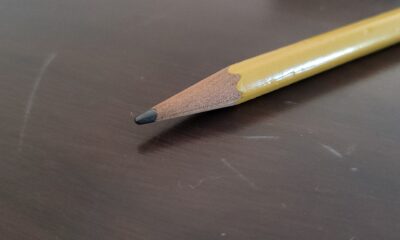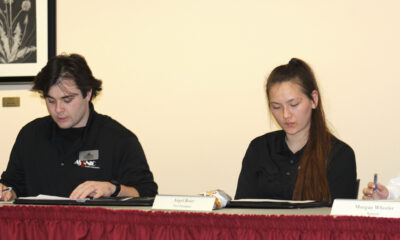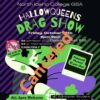“Paper or plastic?” is not just a question asked in grocery stores anymore. It can now be applied to the new financial aid process at NIC.
Beginning this semester, NIC entered a modern era where paper checks can be a memory of yesteryear. Students have three options when choosing a method for receiving financial aid: the Higher One/myNIC card, a direct deposit to a personal bank account or a traditional paper check.
Diana Plum, manager of student accounts, said NIC switched to electronic disbursements to give students more options in receiving their school funds.
“We don’t have the capability to offer students the options that a third-party servicer could, so we chose to draw on their experience and utilize them for financial aid disbursements,” Plum said.
Plum said more colleges and universities are moving to electronic disbursement because the paper-check method of disbursement has limitations, including returned checks from bad addresses and fees for students not affiliated with a bank. She said President Bell asked the business office to explore financial aid disbursement options.
Plum and representatives from student accounts, information technology, financial aid, communication and marketing, business and others convened once a week for 10 weeks to decide on the myNICcard implementation procedure. She said staff members researched the process for months to ensure the switch was in the best interest of NIC.
“This wasn’t a decision that was made lightly,” she said. “It was a decision that was made to offer the students a variety of ways to receive their financial aid disbursements while attending NIC.”
Through the summer, NIC mailed myNIC cards to students in envelopes with instructions to not dispose of the contents. The card within was the key for receiving funds, regardless of the student’s chosen method.
Students choosing to have their loans deposited into the “OneAccount” allowed them to receive money the day funds were released. Although this method can expedite the acquisition of loans, it can be costly if one does not read the fine print.
Students may accrue fees when using a OneAccount, including ATM fees or fees for using a PIN instead of swiping the card as “credit.” Posters on campus remind the student body to “swipe, choose credit and sign.” The cost varies per transaction when using the card in a non-Higher One machine.
Some students said having money on the myNIC card was an ordeal.
David Kopriva, 27, Coeur d’Alene, computer science, said his experience with the myNIC card was far from ideal. He borrowed a large sum of money to pay for tuition because he hadn’t yet received his funds.
“Why couldn’t I choose to have the money sent to me without activating the card first?” Kopriva asked.
He said it was frustrating to have limited access to his funds. He said the $6-9 withdrawal fees cut into his ability to take out money in $20 increments.
“I pulled out the first $500 and the remainder was $381,” Kopriva said. “So with a $3 fee, it’s now $378, which means I can’t withdraw the $18. It’s my money and I should do what I want with it easily. It was very upsetting.”
Racine Balough, 22, Sedro-Woolley, Wash., communications, felt the myNIC card was a “pain in the neck.”
Balough said she felt the school didn’t really explain what the NIC cards were about before sending them to the students. She said she feels it would’ve been a lot handier if they had explained how to use the card before they made it an option.
“I would’ve much rather not had the card period,” Balough said.
Plum said students can express their concerns at future forums where students can seek assistance with issues that have occurred and recommend solutions.
“We ask that everyone be patient and understanding as we work to streamline these processes,” Plum said. “It takes a little time to work the kinks out of a new process.”
For those who would rather wait for funds or simply avoid dealing with the OneAccount, the paper check and direct deposit options are still available.
The direct deposit process takes up to five days once the loan recipient visits the myNIC card website, chooses the “electronic transfer” option, prints and signs the verification form, sends the form in the mail and allows time for the form to be processed.
The paper check method takes up to seven days once all information has been processed correctly.
The Bancorp Bank issues the MyNIC cards. Higher One, the Conn.-based financial institution which administers the myNIC card, handles the student finances of hundreds of schools around the U.S., including the University of Montana, Portland State University and Idaho Southern College.











